Media | Articles
Icon vs. Underdog: Alfa Romeo Spider vs. Fiat 124 Sport Spider
Italian roadsters offer the key to instant glamor in a way few other vehicles can match – and two of the greatest segment stars were the Alfa Romeo Spider and Fiat 124 Sport Spider, both of which debuted in 1966.
Similar on paper, these two cars are today significantly different in valuation, at least in their earliest (and some might say most desirable) iterations, with Alfa Spiders more than double the price of their Fiat equivalents.
While the Fiat, a celebrated classic in its own right, is far from an underdog in the traditional sense, it still has the potential to tempt someone out of their search for an Alfa. So with the help of Hagerty’s team of valuations experts, we’ve looked at what you can expect to find with an eye on this pair of Italian classics.
History: Alfa Spider and Fiat 124 Spider
You could reasonably argue that both these cars are icons, but twist an arm and you’d have to concede it’s the Alfa that best meets the definition, as both one of the definitive Italian shapes and one of Alfa Romeo’s most celebrated models.
The Spider formed part of Alfa’s 105 and 115 series cars alongside the 1962-on Giulia Berlina and the ‘63-on Giulia coupés, each respectively replacing their equivalent 1950s Giulietta lines.
Marketplace
Buy and sell classics with confidence
While mechanically similar, fielding a range of twin-cam inline fours, and utilizing independent front suspension with a solid rear axle, Pininfarina’s 1966 Spider moved away from the more upright styling of its Fifties forbear with a sleek and seductive look now instantly recognizable as hailing from the era.
It’s these early cars with their curved boat tail that are most prized. While that distinctive styling cue was dropped in later series 2, 3, and 4 variants, those models gave the Spider a notably long life. The last Spiders rolled off the line in 1993, by which time the Mazda MX-5—itself inspired by 1960s roadsters like the Spider—was the dominant force in the roadster market.
Series 1 “Duetto” Spiders—the name chosen through a competition, but never officially applied to the model—were offered with first 1570cc then later 1779cc twin-cam fours, while an entry-level Spider 1300 Junior joined the range in mid-1968.
Fiat’s Spider arrived the same year as the first 105-series Alfa Spiders, and the similarities didn’t stop there. It, too, was designed by Pininfarina (the work of Tom Tjaarda, and initially built by the carrozzeria as well), and based on a platform shared with a saloon, a coupe, and an estate.
It used a combination of independent suspension (double wishbones in this case) up front and a live rear axle, while engines ranged from a 1.4-liter in the earliest cars to a 2-liter before it left the market in 1985. Interestingly, it was sold alongside another sports car, the mid-engined X1/9, for several years—those were the days, eh?
The 124 became wildly popular, particularly in the U.S., where it pretty much defined the Fiat brand in the same way the 1950s 500 did in Europe. Of the roughly 200,000 Spiders built—just shy of double the number of Alfas that found homes worldwide—around three quarters found their way to the U.S.
There is a shared footnote to the story of both cars: Back in the early 2010s, Alfa Romeo and Mazda announced a joint venture that would see a new Alfa Spider developed alongside the fourth generation of Mazda’s MX-5. The plans for the Alfa were abandoned when the late Sergio Marchionne, head of the Fiat Group, declared that an Alfa must be built in Italy—but there was no such stipulation for Fiat, which launched a new, Hiroshima-built 124 Spider in 2016, with styling inspired by Tom Tjaarda’s original.
Why you’ll want one
Even without prominent pop culture roles—everyone remembers the Duetto in The Graduate, but it’s also been virtually the default car casting choice for glamorous individuals in dozens of other TV series and movies—the Alfa Spider’s appeal is impossible to ignore. It’s one of the prettiest small roadsters ever built, from one of the most celebrated automotive brands, and like all 105-series Alfas, it’s renowned for the way it drives.
Key Alfa Spider characteristics are vocal, responsive, and lusty twin-cam powerplants, and a balanced chassis that suffers nothing in response or feedback for using a steering box rather than the typically more precise rack and pinion setup.
If you do find any aspect of the driving experience lacking, there’s a willing aftermarket only happy to change that too, with the likes of Alfaholics offering everything from improved components to incredible ground-up builds – though this can start to push the Alfa into the territory of true exotics, both in terms of price and performance.
The Fiat’s draw is that it offers all the qualities of a pert and pretty Italian roadster in a far more affordable package – one of the reasons these Spiders were so popular in the first place.
You still get a revvy, twin-cam four cylinder in any Fiat Spider rather than the more prosaic overhead-valve units used in regular 124s of the era. These units, the work of Aurelio Lampredi and often referred to as Lampredi engines, stuck around for decades. As a result, sourcing spare parts is generally not an issue, nor is finding specialists to work on them.
Which is prettier? That’s for you to decide, though we suspect the earliest cars of both the Alfa and Fiat will appeal to the eyes more than later iterations.
Values: Alfa Spider and Fiat 124 Spider
In many ways the comparison between the Alfa 1750 ‘round tail’ Spider and the Fiat 124 1.4 Spider is an unfair one, writes John Mayhead, Editor of the UK Hagerty Price Guide. The Alfa is arguably the best 105-series Spider there was, combining the elegance of the original design with the free-revving 1779cc engine and various other driving advances over the earlier Duetto including better brakes. Ease of adding upgraded parts thanks to the commonality of spares between 105-series models and the efforts of companies like Alfaholics and Classic Alfa make it a very popular car indeed.
On the other hand, the 124 Spider 1.4, although popular, has never quite attained the same adulation among buyers—and that’s reflected in the values, especially recently. Prices of both Spiders have risen significantly over the last few years and since 2013, with the Fiat up 69.8% and the Alfa has rocketed up 165.9%, much of which has come in the second and third quarters of 2022. What’s more, the 1969 Alfa 1750 commands another 3% on top of the aggregate 66-69 #2 value of $85,100.
What’s the outlook? 2023 ought to tell us if the Alfa’s recent spike is the new normal. Earlier Alfa Spiders such as the 1600 Giulia and 2000 (102 Series) cars have become seriously collectible; surely a good-quality, original 1750 Round Tail will find itself in that area soon given their relative rarity. We expect the Fiat to soldier on at or near its current values—it seems to have found its level. There are a lot of alternatives available on the market at the Fiat’s price point, especially when you include the broad range of British roadsters, and that may work against the 124’s values breaking out.
Who’s interested in these little lusty roadsters? For the Alfas, it’s primarily Boomers at 57%— their percentage of quotes outstrips their market share by 22 points. Gen X comes in just three points beneath their market share at 28%, with the remainder of folks having only nominal interest.
In contrast, the little Fiats are much more broadly appreciated. This makes sense given that even the best examples remain relatively attainable. Each generation’s interest in the 124 and its later Azzurra cousin is almost exactly proportionate with their market share. This bodes well for its value stability down the road.
Icon or underdog?
As with any duo in our Icon vs Underdog series, a car’s price will determine whether you can put an early Alfa Spider or 124 Spider in the garage. It comes down to whether you’re willing to sacrifice a bit of condition quality to go for the icon in this pairing. You can still find a #4 driver-quality early Alfa Spider 1750 for $42,800, while $37,600 will fetch you a concours-level Fiat. Driver-quality 124s can still be had for under $7 grand, a tempting number for entering into the Italian roadster club.
Should you though? The market is awash with options at the Fiat’s level, from the British equivalents, less pristine Duettos, or fresher examples of any of the later Alfa Spiders. With the Alfa, in contrast, we suspect more than a few potential owners would consider nothing else.
This makes our conclusion a little more clear-cut than most. Unless you have your heart set on the 124, it’s all too tempting to find a late series 2 Alfa Spider for similar money, and enjoy much of the experience, if not quite the looks, of those boat-tailed series 1 Alfas.
Check out the Hagerty Media homepage so you don’t miss a single story, or better yet, bookmark it.




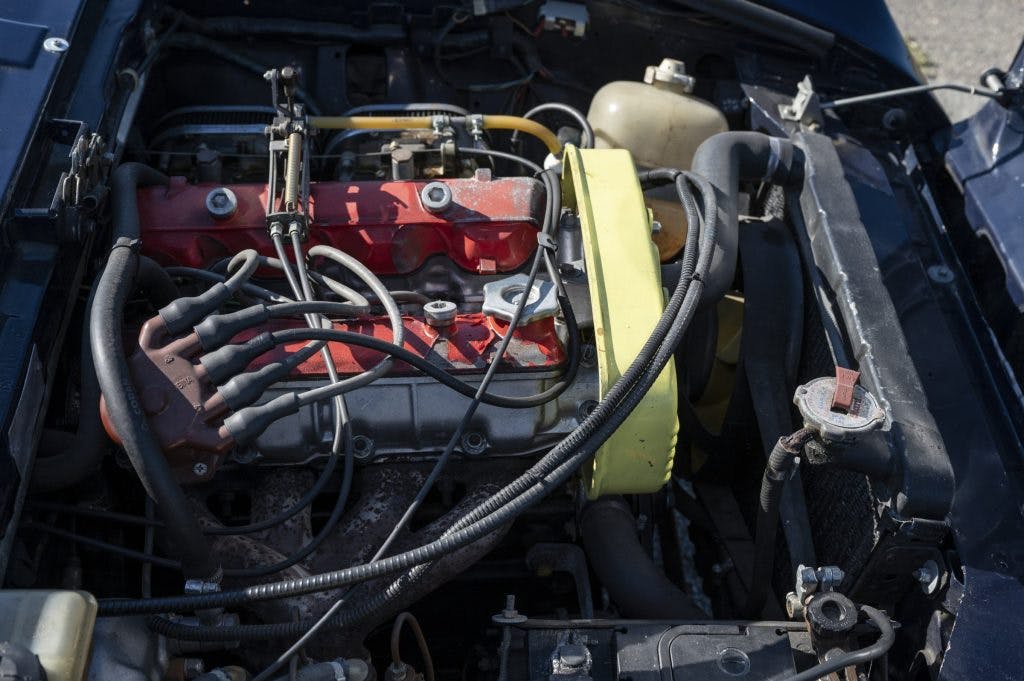





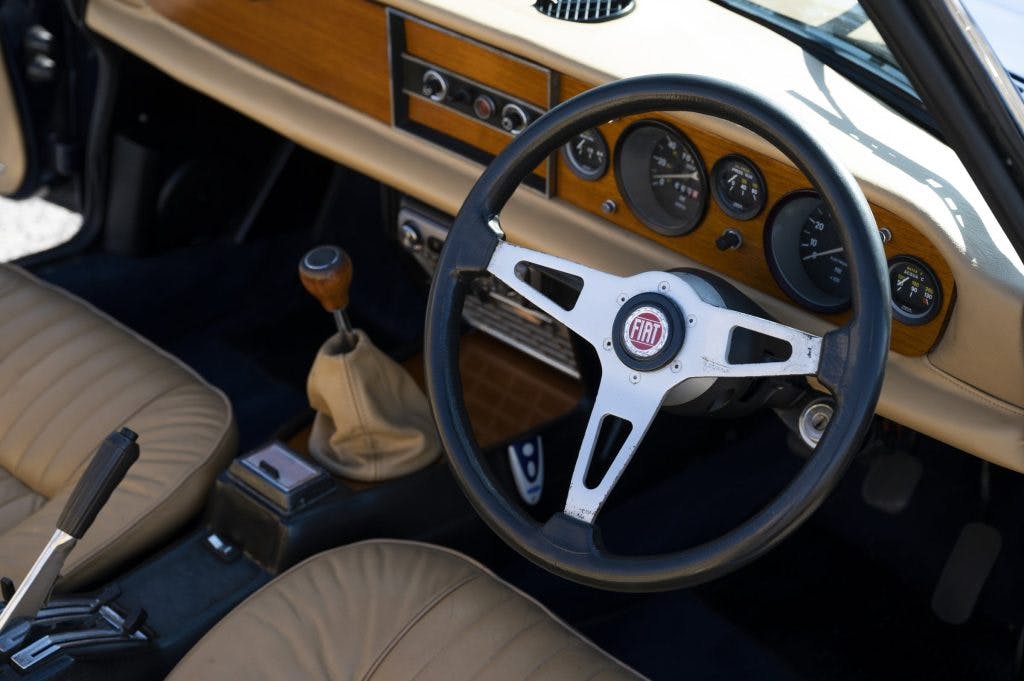
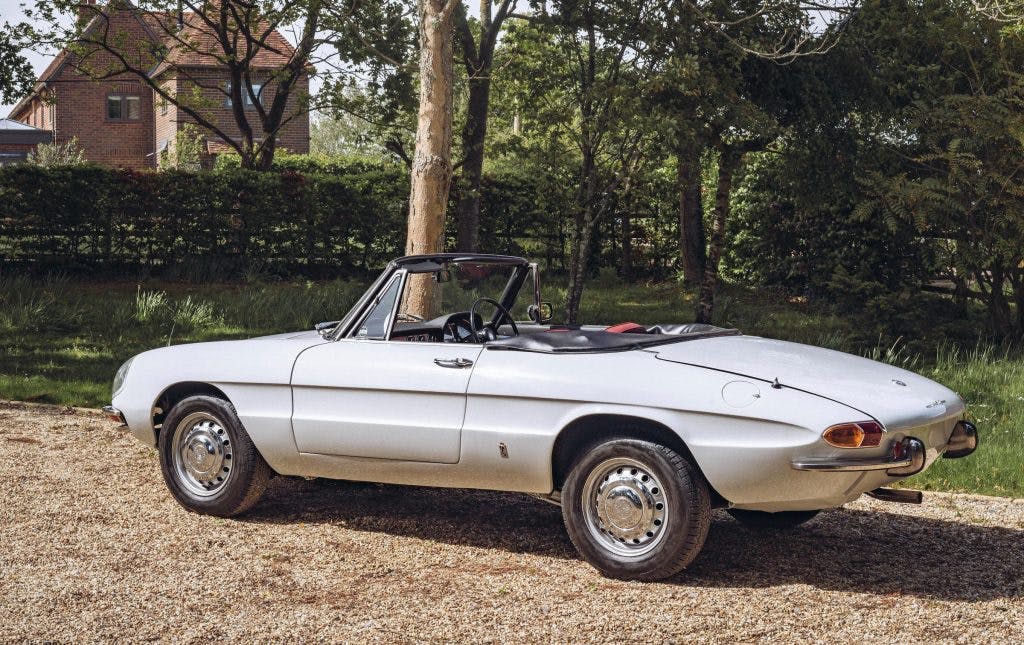

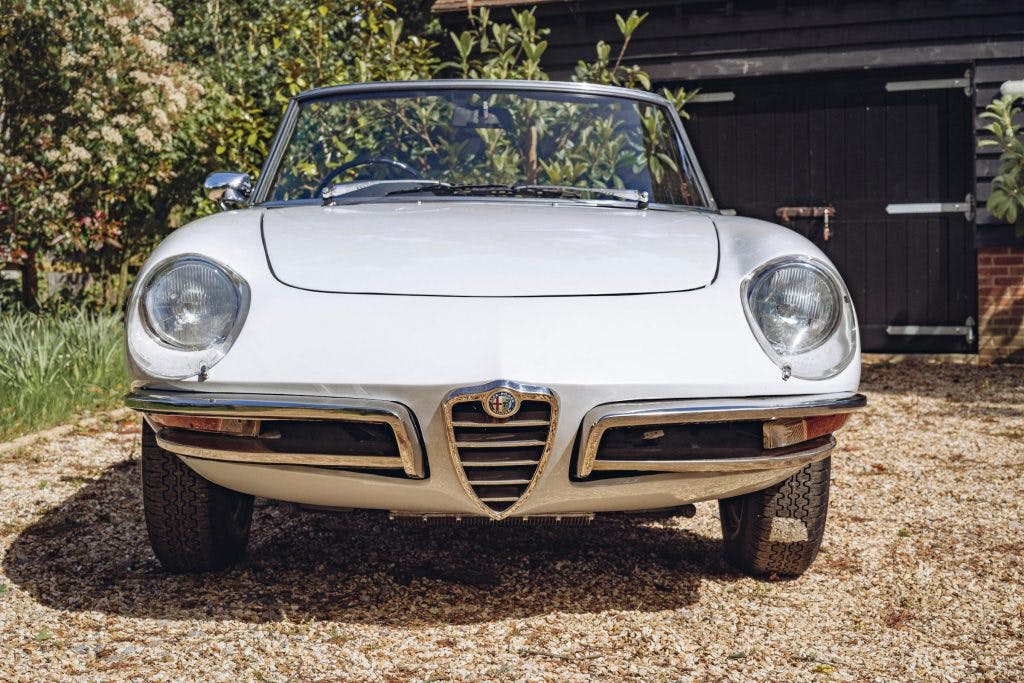
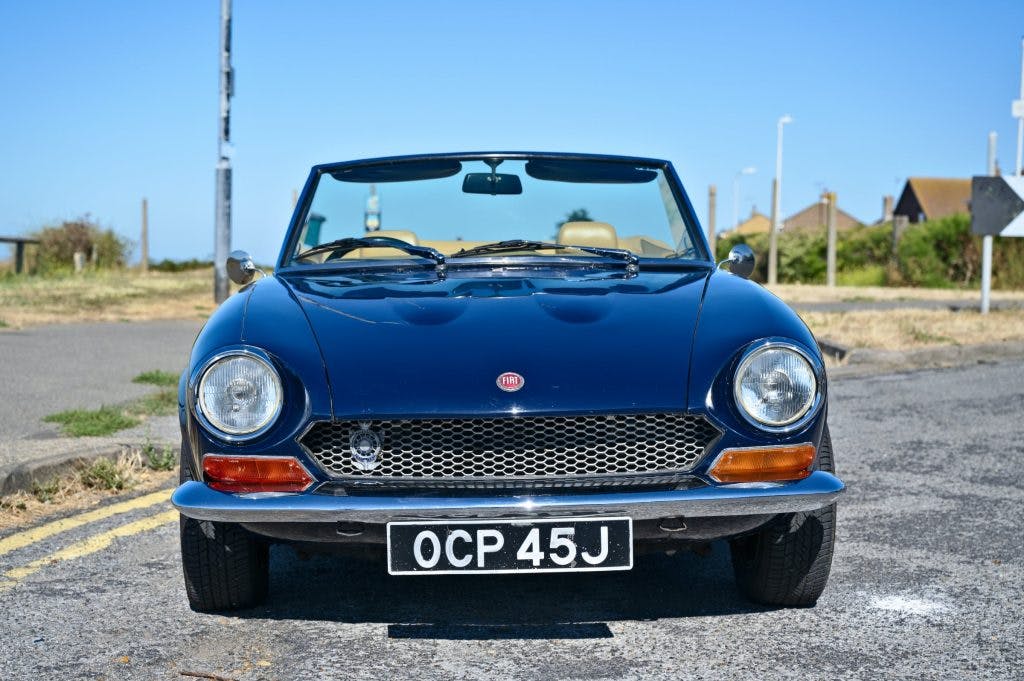

















I have owned and worked on each. They both were prone to rust and Italian auto ills which are the nature of the beast. My 66 124 was only 125.00 with no 4th gear or brakes. I sold it for 1 k a few moths later with brakes. My 67 Alfa broke weekly , but when it ran and drove it was a sheer joy. The burble of the Weber 40’s was closest to sex you could ever get in a auto. I also had a GTV but it wasn’t the same as the boatail.
As close as I have now is a modified MGB -no comparison. My cousin Bill raced 124’s in Colorado and he usually swore by them as being a contender in the local SCCA circuits. He had many !
My wife bought hers in the early 90s in high school for $200. It only had odd numbered gears. 🙂
My Miata is so much a better car than my series 2000 Spider. But it doesn’t have the soul or looks of the Italian. And the fuel injected 2L was really bullet proof.
Great article but you didn’t go into the drive-ability of the two cars, just the cost differences. My cousin in Australia informs me I could $35K for the Fiat compared with $15K in the US.
I owned a 1969 Fiat Spider then a 1991 Alfa Spider. Presently I have a 1979 Fiat Spider. The Alfa was cramped for a 6-footer. Secondly, you had to double clutch if you didn’t want to catch any gears while shifting. The Alfa 2L engine pulled much better than the Fiat 2L. The Alfa body wasn’t as stiff so when you went over a bump the whole car kind of twisted.
The Fiat is more comfortable to sit in for me, and the shifting is probably close to the Japanese transmissions as far as low effort.
Cars are meant for driving. But like all Italian cars, you have a high fiddle factor.
I sold both of these cars new in 1972-74 at Beach Imports Newport Beach Ca and always had a hard time selling the alfa over the fiat as customers would come in the Alfa dealership with magazine articles comparing the 2 ..and on paper the were very comparable and the Fiat was considerably less..driving the Alfa …hands down better drive over the Fiat..but still on paper and the price difference Fiats sold faster..i also took a used boat tail ( usually with 20-30k on the clock) over a new kam back on my weekends off
I too worked at a dealership in the ‘70’s, in the service department. Still have a series 2 1972 Alfa spider I bought then. It’s 2 liter has been modified for more power. Aldo have. 1971 1779 cc spider which is truly a delight. Light, sweet revving with the original spica FI. I’m partial, granted, but there was marginally better build quality in the Alfa spiders. I will argue too for the early series 2 cars. Once one comes to terns with the Kama tail, the suspended pedal cluster and Revised ATE braking system are easier to maintain. I repaired numerous Fists which suffered catastrophic timing belt failures (interference engine). And numerous Alfas with leaky head gaskets.
Perhaps I’m in the minority here but the Fiat is a nicer looking car. The Fiat has great style, nice performance and great pedigree. Under valued and under appreciated.
Not that it matters, but I’ve always preferred the Fiat’s styling to the Alfa’s; the Alfa just looks a bit alien to me, where the Fiat seems more honest, but with appealing surfaces. Not that I’m likely to buy either; a Sunbeam Alpine from decades ago pretty much put me off the fiddle/enjoy equation of inexpensive Euro roadsters. But to each his own, lest we all drive the same thing…
I too worked at a Fiat dealer in the mid-1970s, and enjoyed the 124 Spyders…when they ran. Unfortunately Fiat’s efforts to meet demanding emissions standards meant our mechanics had to adjust the cars to pass smog inspection – at which point they were barely drivable – and then re-adjust them when angry owners returned to the shop complaining of stalling and rough running. Our service manager was reduced to declaring “They all run like that!” Our warranty claims were through the roof, and the district rep habitually rejected complaints, dumping the costs onto the dealer or customer. Many swore they would never buy a Fiat again (same issue with the Fiat-powered Lancias we sold). This undoubtedly helped Fiat decide to withdraw from the US market.
I had a ’78 and can attest to those drivability issues…and the cure for them. American owners drove them carefully, which was a huge mistake. MGs and most American iron didn’t like to be run to redline at every opportunity – but the 124’s engineers didn’t realize their American customers would treat the engines gingerly. They drove them like they didn’t own them, and so the emissions gear didn’t choke up with carbon when testing and certifying them for export. I got furious with mine and drove it like a stolen car – and after a couple of weeks it purred like a kitten for the rest of my ownership. No major mechanical failures, no sputtering, no stalling, just smooth reliable power on demand.
I auto crossed 124’s when I worked on them in Denver. When I returned to Buffalo, I worked at Bobcor and Bob gave me an Alfa to use. Other than the Fiat’s cone syncros, the Alfa was superior in every other way. No fueling or oiling problems in turns, so much more turn-in and traction. At a Porsche event, I took FTD after the club’s favorite with a 914-6 finally walled it using unlimited tries to best the Alfa’s time.
Forged crank, FI, LSD real brakes. You get what you pay for. I loved Fiats but my eyes were opened to how, what looked like identical specs on paper, don’t always tell the story. I feel both makes are a better choice than the British alternatives.
I know I commented on this article before so either this is a duplicate article or my comment is lost to moderation?
Always wanted the Alfa after renting it and running up and down PCH. But when i could have had either, and i actually like the kamm tail, i got an 82 fiat/pin 2000. I believe the fiat is prettier and a better car. My Busso lust is satisfied in a 164. Lampredi/Tjaarda hard to beat. Alfa has gorgeous hips but talk to me about that gearshift angle and rear axle.
I had a used ’78 Fiat 124 Spider and it was a true love affair. A joy to work on, did my first brake job with four new rotors and new pads for about $100 – less than turning a pair of rotors would’ve cost at the local brake specialist. When I got it, it sputtered and stumbled and stalled all the time. About two weeks into ownership I got furious at this behavior and began to thrash it like a stolen car. By the time I got home from work it wasn’t stumbling or sputtering anymore. “Hey,” I thought, “maybe that old saw about an Italian tune-up was for real.” Beat it mercilessly for the next few weeks and all the drivability problems just vanished. I’d get in, turn the key, and I could swear the soulful little red devil was convinced it was a Ferrari. Made all the exciting noises, revved to 6500 with joy, chirped the tires going into third gear. Wonderful steering feel, responsive chassis, just an absolute pleasure to drive. Much more “special” feeling than the new ’92 Miata I later bought. I miss that car more than any other I’ve had and parted with.
In 1973 I was on the hunt for a new sports car. I had previously owned a 1600 MGA before somehow moving on to a ‘66 Mustang. I looked at every “reasonably” priced sports car I could find from Triumph Spitfires to Jaguar XKEs. Narrowed the search to the MGB, Alfa Spider, and Fiat 124 Spider. As others have mentioned, the shift lever position seemed odd on the Alfa, and I liked the extra cabin room of the Fiat, and the B just seemed old. Overall I loved the looks and feel of the 124, and felt it was the biggest bang for the buck. Almost 50 years later I’m still driving a Fiat Spider. It’s a modified spider 2000 and the Lampredi DOHC really performs, so much better than when it was stock.
I’m curious about what an article written in, say, 20-30 years will say about the most recent (2017-2020) Fiat 124 Spider. I’ll be an old man by then but hope I will still have mine.
I bought a 1977 fiat 124 spider about 12 years ago. under the hood it had factory headers and triple weber carberators,all set up in one lingage. all original.working on other cars,i and keeping fuel stabilizerin gas tank, i sometimes after 3 months can get in it and it starts right up. after a few minutes it reves as smooth as can be.no rust.onley acouple small bubles by one headlight. someone kept same color but very bad paint job, when i get to it i will strip it and do it right.put on new convertable top and redo interior.very low miles,most important its mechicaly sound. it was garage kept.payed 4000.00 i love the room it has in the front.its also very fast,also easy to work on.